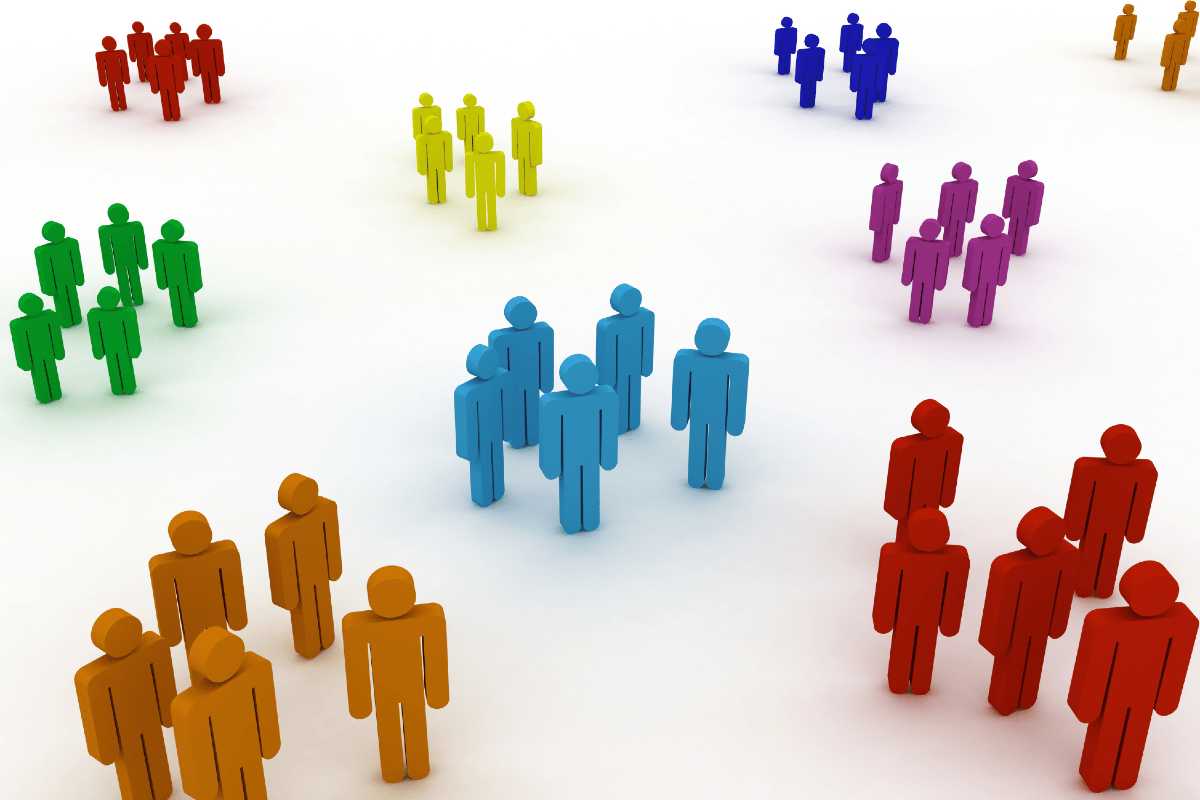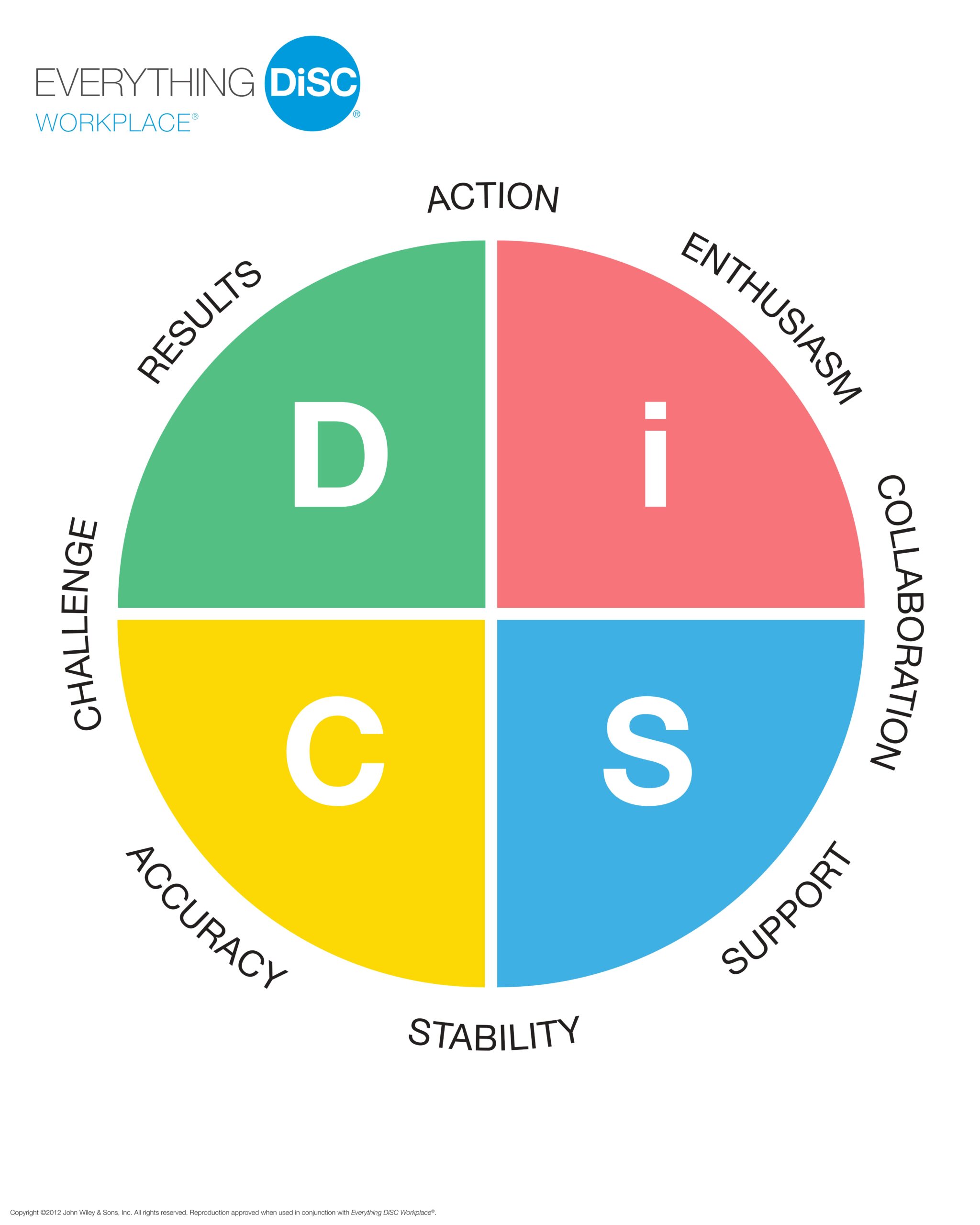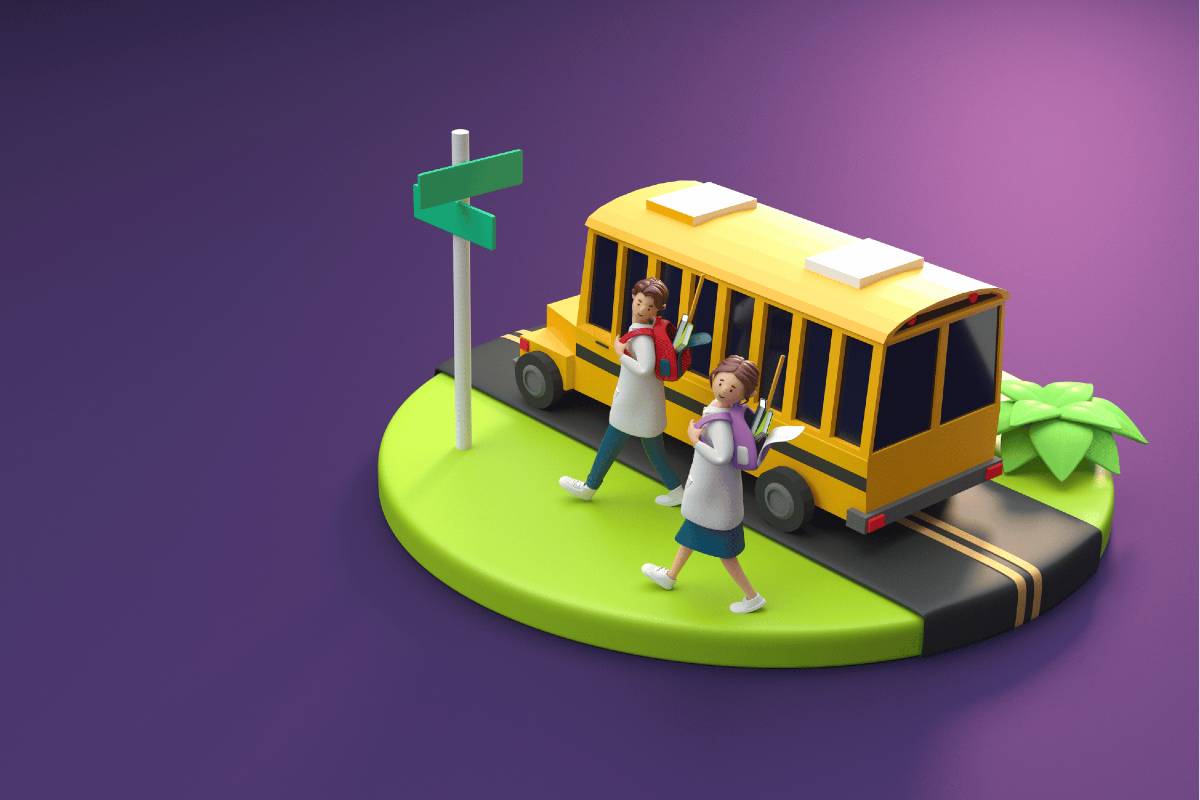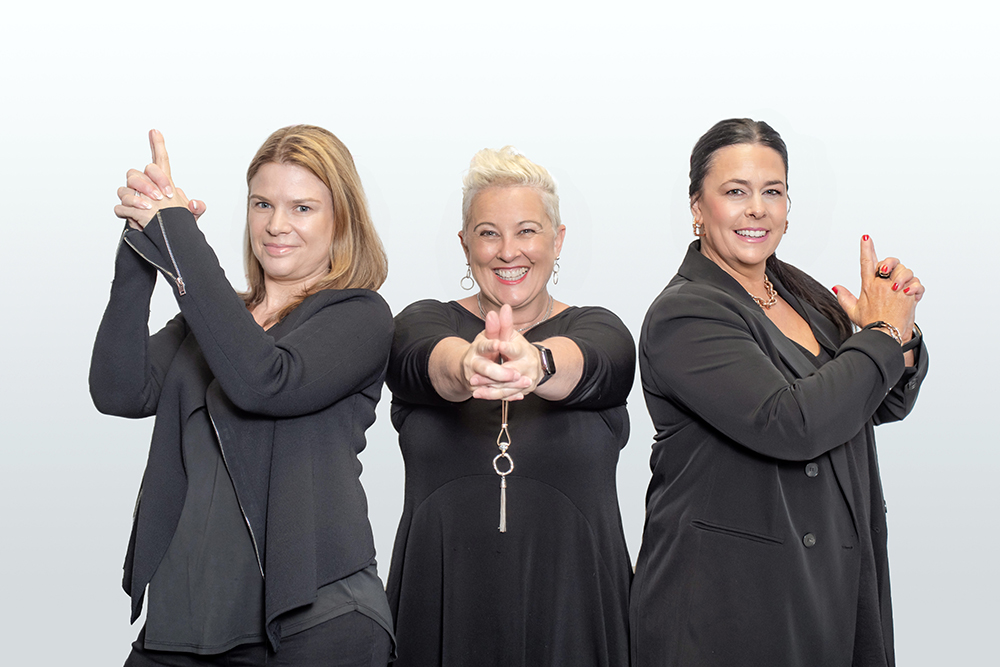Great leaders know and understand the importance of surrounding themselves with the right team. What that ‘right’ is depends on the business but generally we advise that you need to tick boxes in applicable skillsets, talents and knowledge. But it’s more than just these tangible competencies that will deliver you the best, you need the right personalities in your team that support and foster a positive culture.
The power of personality
It might seem like we are overstating it, but individual personalities have the ability to uplift or destroy a team or even a business. Have a think about some of your most difficult experiences throughout your career, either as a leader or as a member of a team still developing in your chosen field. Dollars to doughnuts I’ll bet that some of the memories you are having now involve managing or working with someone whose personality just didn’t gel with your team.
The person you are thinking about doesn’t even have to be your classic toxic employee who deliberately undermines or destabilises a team. It can be as simple as putting a domineering person in with a group of polite, quiet types. Or you could have a considered, people driven person placed with a competitive, goal-oriented employee and they simply don’t ‘get’ each other.
Understanding is the key
Just having a different personality and work priority isn’t what drives a lack of team cohesiveness though; it’s the lack of understanding of people’s different styles, needs and priorities that causes disruption. In fact, oftentimes having opposites working together is exactly what the business to team needs to ensure all bases are covered – but where there is a lack of insight and understanding, instead of closing gaps, there is the potential to create rifts.
You don’t need to tell us that recruiting is tough. Finding the person with the required skillset is difficult enough without nailing it in terms of someone’s personality. Let’s be honest, an interview is a performance with everyone on their best behaviour. Sure, there’s references to check and social media profiles to scour but do you ever get the true essence of someone until you’ve had them in your business for a little while?
If you are focused on understanding personalities within your business so you know how to bring the best out in your people or provide colleagues with a better understanding of how to work with each other in a cohesive and collaborative way, we recommend the use of the DiSC profiling tool. DiSC provides information on an individual’s personality and preferences at work and the commentary it delivers outlines what a person’s normal approach to work is, what is important to them in terms of environment and work style, how they need to be managed and what motivates them and what stresses them out.
Decoding personalities in the workplace
Ever been in a team where everyone seems to be speaking a different language? DiSC profile reports can be the magical decoder for team dynamics and communication. DiSC stands for Dominance, Influence, Steadiness, and Conscientiousness. It's like Hogwarts sorting hats for personalities, assigning each member a category based on their communication style.
Let's break it down a little further:
- D - Dominant folks are your go-getters, ready to take charge.
- I - Influencers are the life of the party, full of energy and ideas.
- S - Steadiness peeps are your reliable rocks, calm and steady wins their race.
- C - Conscientious folks are the analytical brains, obsessed with data and accuracy.
With DiSC, people can be a combination of two styles, and no one style is ‘better’ than any other. The DiSC model simply helps us understand the differences and highlights the strengths and limitations of each style.
Personality misunderstanding - Reg vs. Jen
Imagine this simplified scenario… You're in a meeting, and Reg from accounting is a C type and is all about details, while Jen from marketing is more of an I and tends to prioritise action so sitting through a detailed analysis of anything can be challenging for her. Without understanding each other’s styles and priorities, it’s easy for Reg to judge Jen as ‘flighty’ or ‘unprofessional’ or even ‘tardy and talkative’, while Jen could be calling Reg ‘boring, stuffy, Mr No Personality and a stick in the mud with boring details’. Without appropriate tools to understand what drives each other, Reg and Jen have resorted to judgement calls with language that’s less than conducive to bridging gaps or working well together for the benefit of the business.
Understanding people and their DiSC style is like unlocking a treasure trove of communication secrets. Reg can learn to trim his lengthy reports for Jen, and in turn Jen understands that Reg needs to provide context and detail so she moderates her energetic responses and gives Reg the space he needs for his presentation. Reg stops thinking about Jen in a negative way, and instead thinks about Jen’s needs as an I style. Likewise, Jen stops judging Reg and making comments about his personality and instead understands that Reg needs to work a certain way to do his best work. It's all about having the tools to better understand each other. With DiSC, teams can play to their strengths, collaborate more effectively, and minimise damaging communication breakdowns.
DiSC is a tool that can be used either prior to, or after, appointing a team member. If your team has enjoyed a DiSC Workshop already, you will have information as to the differing profiles already in place and you may be looking to find a specific personality profile that will further enhance your team or one that fills a gap that could take your team to a new level.
You can check out some more information on DiSC here.
OK Boomer
More things to think about when it comes to unravelling the mystery of human behaviours are the general characteristics of the varying generations. Labels applied to generations are a catch all and obviously personal encounters can take an individual outside of the generalisations. However, experiences specific to a time period can have a significant influence on how individuals may react to a situation and shape their priorities at work
For example, those 1970s kids who lived the good life travelling about unsupervised on their Malvern Star bicycles are going to have a different life experience to kids born in 2000 whose childhood was spent at home with unfettered access to online gaming and information. Understanding this may help you understand differing responses to situations from your team.
Looking at generational differences, some key information that may inform an individual’s response includes:
Baby Boomers
- From 1946 to 1964 (currently aged between 60 and 78)
- Born during the post WWII baby boom
- Increase in population also drove a boom in the economy, housing, construction and infrastructure leading them to value optimism, a strong work ethic and have a tendency towards materialism
- A high net worth generation often able to support their family through the ‘bank of mum and dad’
- Influenced by experts
- Prioritises longevity / tenure in the workplace which they consider loyalty
Generation X
- From 1965 to 1979 (currently aged between 45 and 59)
- Grew up in a period of rapid social, economic and technological changes leading them to become independent, adaptable and resilient
- Often pursued higher education with a focus on improved career opportunities
- First generation to be ‘latchkey kids’ with both parents entering the workforce, so they can make their own decisions and have a sense of responsibility for their own actions
- Value work life balance more than Boomers
Generation Y or Millennials
- From 1980 to 1994 (currently aged between 30 and 44)
- Born in an era when almost every home (excluding developing countries) had internet connections and a computer
- Key tech that impacts this group is the smartphone
- Known for their tech savviness and social consciousness who value inclusivity, entrepreneurship and ethical consumption
- Keen to maximise training and development opportunities and engage in meaningful work (they value working for organisations who have a purpose beyond profit)
- They believe that companies should play a large role in social responsibility
Generation Z
- From 1995 to 2009 (currently aged between 15 and 29)
- Keen level of social consciousness – not only care about the work they do but it is also important they feel good about it and who they are doing it for
- Very tech savvy as smart phones and constant connectivity have shaped how they communicate, learn and manage relationships
- Can demonstrate a lack of empathy and understanding in real life situations, due to most emotions being shared as emoji’s or ‘likes’
- Open to feedback
- Significantly influenced by peers
So many personalities
We’ve said it before but it bears repeating, people are complex so managing them takes effort. Taking time to understand varying personality types and generational influences that can determine the way individuals respond to varying issues is an important tool in a leaders toolkit for creating the most efficient, productive, engaged, high performing teams. Utilising profiling tools such as DiSC or learning more about the differences between the generations can help you illicit a more positive response, minimise conflict and foster greater harmony and engagement within your team.
HR Staff n’ Stuff is in the process of developing a calendar for upcoming DiSC sessions so let us know if you would be interested in booking a workshop for your team or joining a group session. In upcoming blogs, we’ll be delving into the different generations in more detail so stay tuned.
